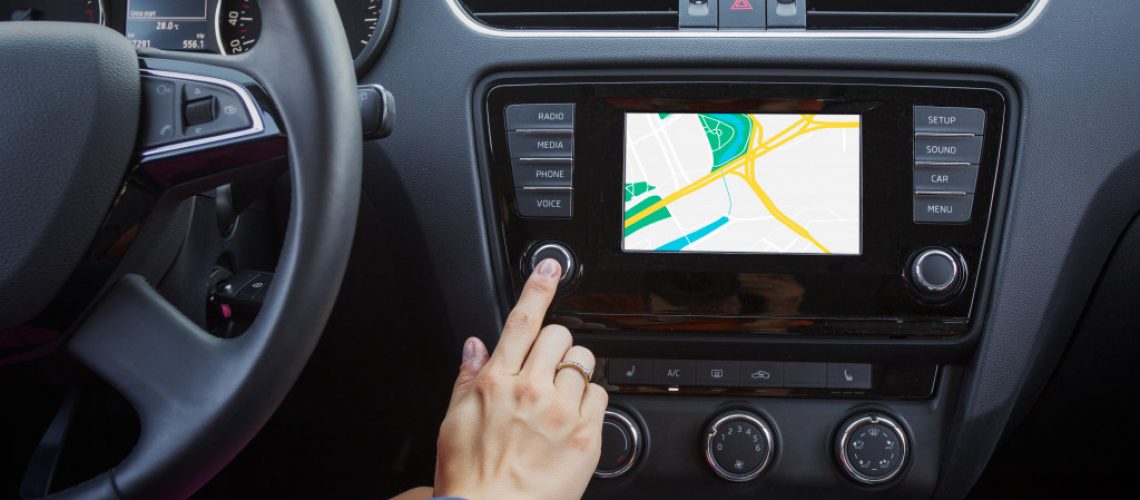Technology has changed the way we live. From smartphones to computers, from appliances to automobiles, technology is now part of the fabric of our daily lives. But when it comes to safety, we’re often left scratching our heads in wonder: has technology made the world safer? With how interconnected technology is in our everyday lives, this question is something that many of us are asking. The quick answer to that is: yes, yes it does. Not only are new sorts of password protection assisting to safeguard our digital data and documents, but innovations in voice recognition and gesture control also give a greater degree of security for our gadgets and homes. But the safety-focused innovations don’t end there. Here are a few more.
Robotic Nuclear Technicians
There has been a significant improvement in how engineers and technicians operate nuclear power plants. This has been a major issue in years past, as nobody wants to be too close to a nuclear power plant, let alone the waste. Before, this task was intended for the most stubborn individuals in the energy industry, but they will be spared the burden due to advances in robotics. Lancaster University in the United Kingdom is researching and developing a semi-autonomous robot capable of destroying nuclear reactors. It’s not entirely autonomous just yet, as it requires a technician piloting it from afar.
But because of ultra-high-definition cameras attached to the top of their heads, these robots can disassemble anything on their own without requiring a human near dangerous nuclear waste. All it needs is for an operator to specify which object should be sent. There will be no fine motor controls necessary, simply the ability to point out the coordinates, and the robot will do the rest.
Self-driving Car Safety
Autonomous cars and self-driving technology are fast improving, and people are primarily excited about its completion and maturity. However, before they can be employed on a larger scale and produced for mass consumption, they must be reliable and secure. And self-driving technology is very, very close to that point, to the point that you can now spot self-driving cars on the road, especially if you pay attention.
As a matter of fact, several researchers believe that artificial intelligence can be programmed to drive even safer than humans can! Through its integrated sensors, cameras, and radars that both observe their position and the environment around them, these vehicles can not only sense their surroundings but also predict what’s coming—something humans cannot do. They have the potential to make roads a safer place and lessen traffic accidents by reducing the incidence of automotive accidents and eliminating human error.

Location Tracking for Items and People
One of the most impressive innovations in recent times is how efficient and effective GPS tracking has become. We can now monitor different kinds of things through global position satellite technology (GPS), from shipments and deliveries of goods to looking for our position relative to a map. We can even share locations with friends and families to let them know our location at all times, which can be really helpful for young children.
This tracking technology also extends to valuables. Cars have GPS not just for navigation but also for safety. GPS for ATVs or snowmobiles also exists, letting your location be tracked should anything ever happen. This also means they’re theft-resistant, as you’ll be able to monitor the location of your vehicle.
The Power of the Internet of Things
The Internet of things or the interconnectedness of the gadgets we use on a daily basis has both beneficial and disadvantageous impacts. The effects are largely positive as a vast volume of data can be collected and evaluated quickly. This makes processes and operations faster, resulting in the more efficient transfer of both computer data and information and faster output that humans can observe. Increased information flow between devices, on the other hand, introduces new risks and opportunities for interception and penetration.
Fortunately, cybersecurity is fast becoming stronger to prevent that from happening. Hardware and software security protections are increasingly being included in device design. Strong encryption is being used to aid in maintaining a secure link between each gadget and device and the systems on which they operate.
Final Thoughts
The benefits and advantages we’re enjoying nowadays are technology’s undeniable gift. Fortunately, developers and researchers are factoring in these improvements to improve our overall safety. Indeed, technology helps keep us safe, and perhaps in the future, we can hope that the world will become a better place because of it.

